This time, I will tell a bit about my job.
One of my main strategies as a public relations person is to utilize stories. I came to understand that stories were quite powerful and effective in many business scenes through my experiences.
I know good stories have the a common structure. I mean that “good stories” arouse our emotions. Typical Hollywood movies adopt the this structure.
A hero usually is called away from his uneventful ordinary world to adventure or the an unknown world. Then, the hero suffers from many mistakes, obstacles, and crisis crises. However, the hero gradually learns how to overcome ignorance or setbacks, and grows up. Finally, he overcomes supreme ordeal or villain and achieves victory. Although we know it is a quite typical story, it stirs our emotions.
Basically, most people like stories and are easy to get into them. Therefore, when I write a press release or pitch to a reporter, I always try to tell a story. I believe that telling stories is one of the most important things in my job.











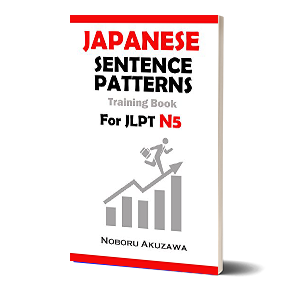
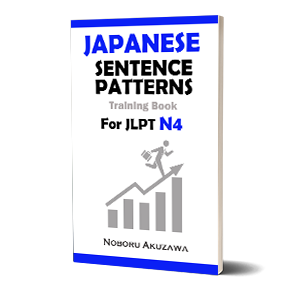
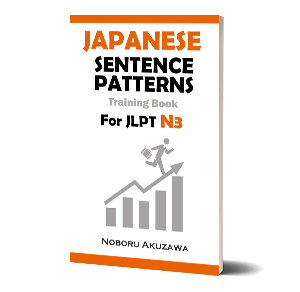
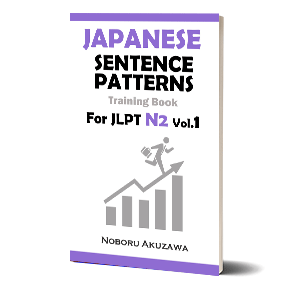
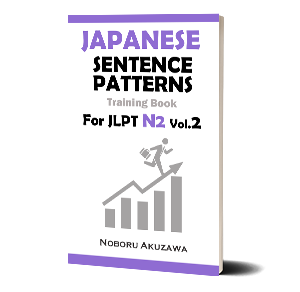
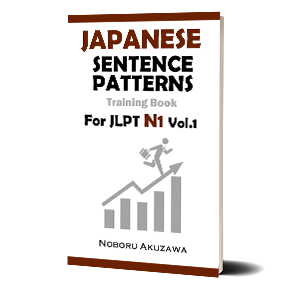
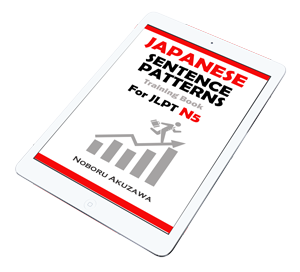
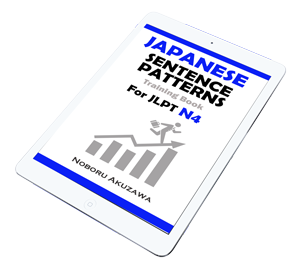
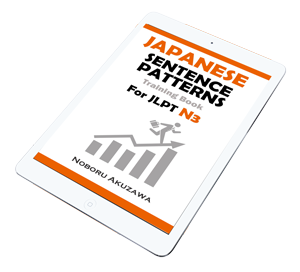
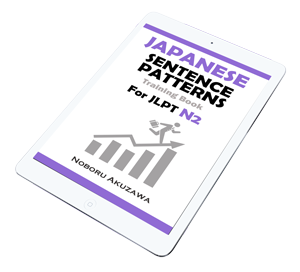
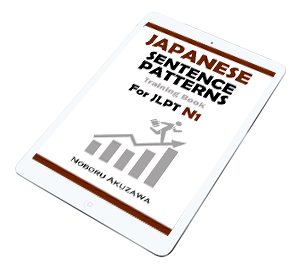



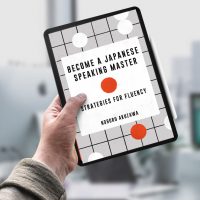






No comments yet.